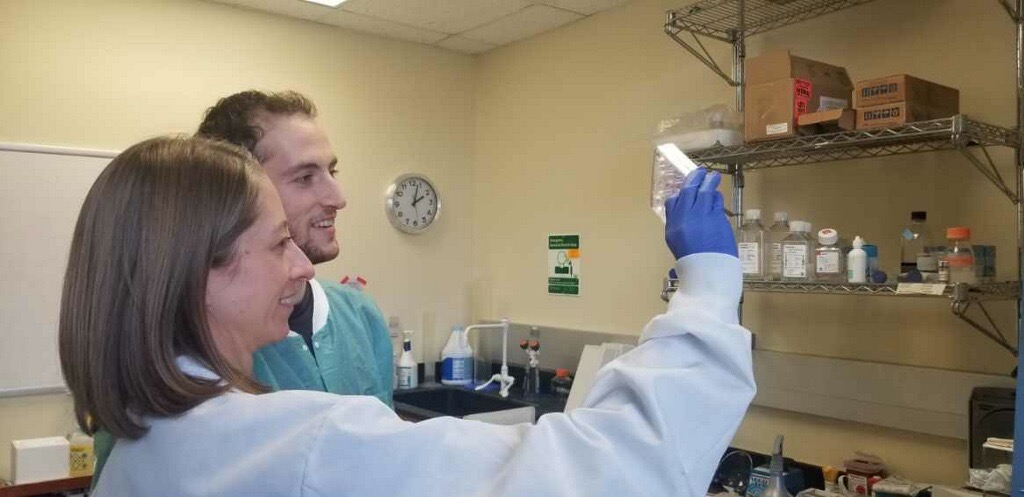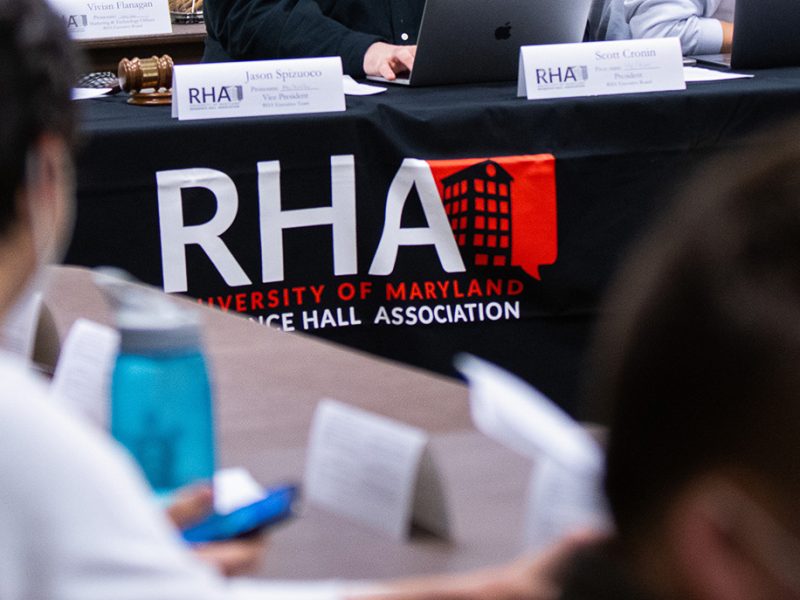By Brent Abel
For The Diamondback
Researchers around the world are searching for ways to combat the recent outbreak of the new coronavirus, and some of their answers may come from University of Maryland studies.
Virology research conducted in College Park — at one of the country’s top programs studying viruses — may be used to understand the way this new strain of the virus works at a molecular level.
“The coronavirus has sort of made it to the final limit of possibilities for the RNA world,” said George Belov, a professor at the Virginia–Maryland College of Veterinary Medicine, whose research lab is on this university’s College Park campus.
Most viruses must use one of the two types of genetic material to infect a host: DNA, the framework containing genetic information in living things, or RNA, a structure similar to DNA that is more unstable and can be used to directly make proteins which carry out actions within cells.
Coronavirus only uses RNA like the viruses that cause polio, the flu and hepatitis C. The greater instability of RNA viruses limits the amount of information these viruses can store and allows them to mutate at a faster rate than DNA viruses to infect new species or become resistant to vaccines.
[Read more: After UMD student died of adenovirus, bill aims to improve colleges’ outbreak response]
Belov studies the way that RNA viruses similar to coronavirus affect cells after they’re infected to identify new ways to prevent the spread of viral disease. One of his current projects is focused on developing a more effective vaccine against the virus that causes polio. The poliovirus is composed of about 7,500 nucleotides, the building blocks of both RNA and DNA, while the human genome it can affect are made of over 3 billion pairs of nucleotides.
“All this genetic information is sufficient to completely overrun all the cellular controls, all the elaborate regulatory networks within a few hours,” Belov said. “That is absolutely amazing.”
There are other versions of coronavirus that have been known for decades to infect humans but only develop into common cold-like symptoms. The origin of the strain causing the current outbreak is unknown, but one theory is that the virus originated from a live animal market in Wuhan, China. One research focus about the novel, or new, strain is understanding the genetic basis allowing it to infect a new species.
“We could definitely apply this model system to learn more about how this particular coronavirus might infect the human respiratory tract,” said Margaret Scull, a cell biology and molecular genetics professor.
Scull studies how RNA viruses infect the cells lining the airway using a system that more closely models the way these cells exist in real life than more traditional systems for studying cells. Her lab is particularly interested in studying the underlying mechanisms of the interaction viruses have with the barrier between these cells and the air.
Using new technology that analyzes the genetic activities of individual cells, Scull’s lab recently identified changes affecting this barrier after viral infection, including changes in the expression of a gene not previously known to be used by the cells lining the airways.
[Read more: At UMD, doctoral students depend on their advisors. What can happen when things go wrong?]
Anne Simon, another professor in the cell biology and molecular genetics department, also studies RNA viruses, but examines those that cause disease in plants.
“Even though [coronaviruses] are an animal virus, there is a lot in common with some mechanisms from this very tiny plant virus that I studied for a long time,” Simon said. “So, I actually got to know the coronavirus literature very well and I was invited to give talks at a lot of medical schools because of this.”
Simon’s lab is working to develop a cure for another disease believed to have started in China and spread to the U.S. — the citrus greening disease. It causes fruit to be unmarketable, and the U.S. Department of Agriculture has spent over $400 million since 2009 trying to find an effective cure for this threat. Spurred by a surprise finding, Simon’s lab is developing a virus-like RNA similar to RNA viruses studied by their lab.
“Even though you are working on a virus that happens to infect plants, the knowledge that you are gaining is applicable to virology as a whole. You need to just keep gathering basic research on viruses,” Simon said.



